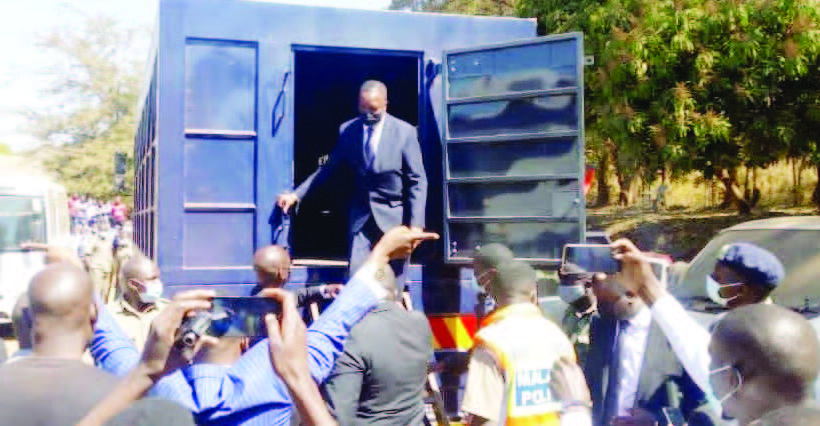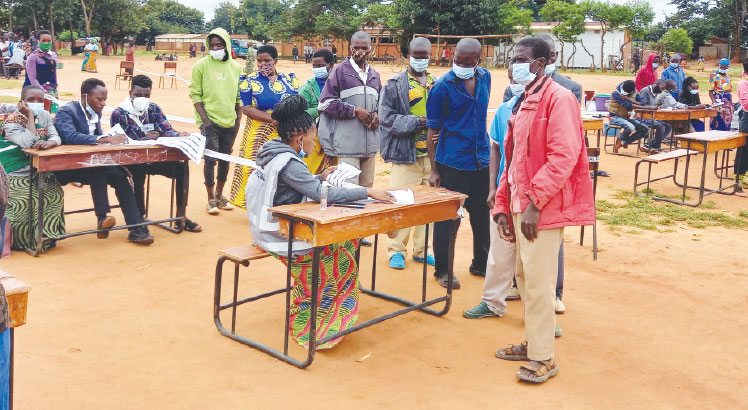Malawi inflation soars
 Malawi’s year-on-year inflation for December hit 34.6 percent, a 1.3 percentage points increase from the previous month’s 33.3 percent, but 13.7 percentage points higher than that of December 2011, the National Statistical Office (NSO) indicated on Wednesday.
Malawi’s year-on-year inflation for December hit 34.6 percent, a 1.3 percentage points increase from the previous month’s 33.3 percent, but 13.7 percentage points higher than that of December 2011, the National Statistical Office (NSO) indicated on Wednesday.
The NSO Stats Flash shows that Malawi closed the year with an annual average inflation rate of 21.3 percent, a 2.9 percentage points way off the target of 18.4 percent set by Finance Minister Ken Lipenga in the 2012/13 budget.
However, the annual target is 0.1 percentage points lower than the 21.4 percent projection by Reserve Bank of Malawi (RBM) Governor Charles Chuka early this year.
The Zomba-based statistical body said the urban and rural rates are 39.8 percent and 31.4 percent, respectively.
“The increase is emanating from the rise in both food costs at 34.5 percent compared to 5.2 percent and core inflation at 34.5 percent compared to 14.4 percent year on year,” says the NSO.
The rise in December inflation, though moderate, signals continued erosion in purchasing power by most average Malawians as both disposable income and savings are drastically reduced, throwing many into the ultra-poverty trap.
This also means consumers would continue to face tough times as prices for basic goods and services contained in the country’s Consumer Price Index (CPI)—measure that examines the weighted average of prices of a basket of consumer goods and services—are likely to continue climbing.
But there is hope in the first quarter (January—March) that inflation will rise at a slower pace than the last two quarters (June—December) of 2012, according to a forecast from Nico Asset Managers Limited.
Malawi’s inflation is mainly driven by food, mostly maize, which contributes about 58.1 percent to the CPI.
Economic experts are hoping for the inflation to moderate as a result of good performance of the agriculture sector. The Malawi economy is agriculture dependent.
But other experts argue that a major risk to the inflation forecast is the possibility of a severe drought, which would reduce maize production and boost food prices.
They also argue further risk to the control of inflation is the high short term domestic debt maintained by government which is at around K165 billion, as at December 2012, compared to K176.4 billion at end of December 2011.





